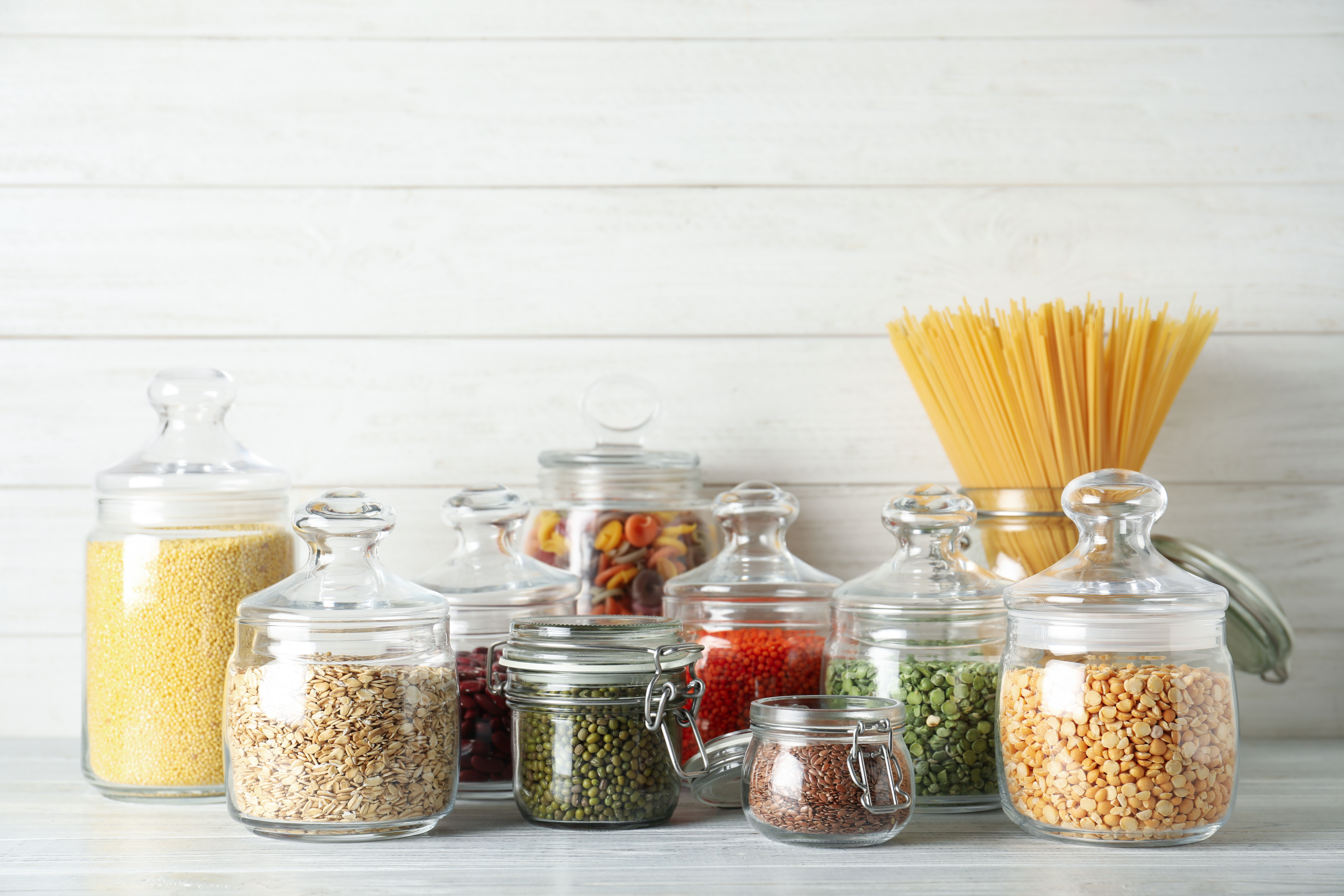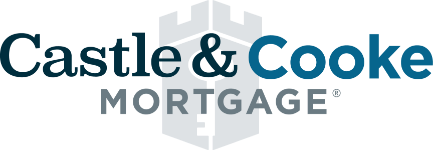
According to a recent study by the Environmental Protection Agency, Americans waste 103 million tons of food every year. That’s a whopping 338 pounds, per household, per year.
Even if you’re doing significantly better than average on eating all the food you buy, there’s a good chance you could still do better. And what’s one of the best ways to do it?
It’s called a pantry challenge, and it’s definitely within reach for most families. Simply organize your pantry, make a meal plan, and pledge to eat everything you buy. You'll save money, you'll save on waste, and you'll probably benefit from healthier eating habits while you're at it.
We put together this quick how-to guide to get your pantry in tip top shape.
Take everything off the shelves
Yes, we mean everything. Clear off your dining room table and empty those pantry shelves completely. As you go, you can organize by item size or food type.
Throw out (or donate) what you won’t use
Some of these decisions will be pretty easy. If items are way past their “best by” dates, toss them out. For odd items (hearts of palm, perhaps, or those canned lychees you found at the Asian market), either think of a specific recipe or put them in a donation box. The same goes for duplicates (such as that 20th can of stewed tomatoes you once bought in a case lot sale).
For a list of food banks that accept donations, check out this national directory. You can also see if friends, neighbors, or family members are interested in items that no longer inspire you.
Group things together
Once you're confident you want to keep what’s left, organize items by size and type for easy storage. If you have a lot to work with, now is a good time to make an inventory list for quick reference.
Create a meal plan
Now that you know what you have, you can plan how to use it. And don't forget to list what you have on hand in the fridge and freezer!
If you’re good at planning ahead—like, really good—you can make a day-by-day plan for about two weeks at a time. Here’s how:
- Create a list of recipes you enjoy and have most of the supplies for
- Find an old-fashioned paper calendar or set up a new digital calendar to use as a menu. Graph paper works great, too.
- Write a breakfast, lunch, and dinner meal plan on each calendar day
- Shop for all the supplies you need
- Stick to the plan!
You’ll find that even with careful planning, you’ll end up with leftovers. You can account for these by adding a few “clean out the fridge” meals to the calendar or by scheduling leftovers for lunch the day after you make a specific dinner recipe. You may also want to add a few restaurant or takeout meals to the calendar for date nights or meals you just won't have the energy to cook.
If you’re a little less organized (or have a less predictable appetite), you can simply make a list of the foods you like and have most of the supplies for. Then, shop for what you need to round out the meals. When it's time to eat, you can consult your recipe list for ideas.
Either way, a little planning now can save you loads of money in the long run, not to mention saving a lot of perfectly good food from the landfill.
Wipe down surfaces
And now, back to the task at hand! Your empty shelves are ready for that deep clean. Dust and clean all the horizontal and vertical surfaces, inside and out. You’ll also want a broom and mop handy for everything that gets knocked to the floor in the process.
Designate shelves for certain foods
Before you start putting food back on the shelves, make a quick plan for what you’ll put where. Some people like using clear containers for ease of access and aesthetics. Wire bins and labels can also be really helpful. Just make sure you can see everything at a glance, and every meal you create will be more pleasant.
Happy organizing, and bon appétit!


